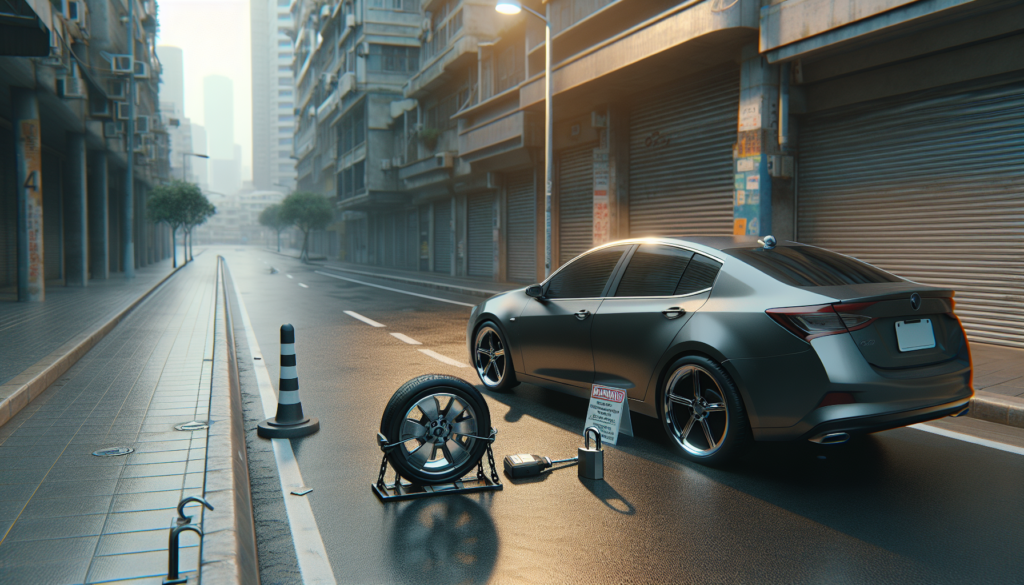
Recovering a repossessed car by filing for Chapter 13 bankruptcy is a process that hinges on the timing of the bankruptcy filing and the specific circumstances of the repossession. Chapter 13 bankruptcy can potentially help you get your car back if it has been recently repossessed, but it’s crucial to act quickly and understand the steps involved:
-
Immediate Action is Crucial:
- Once your car is repossessed, there is a limited window of time in which you can act to potentially get it back. The lender typically cannot sell the car immediately; they must provide a notice period (which varies by state) before selling the vehicle at auction. Filing for Chapter 13 bankruptcy during this period is critical.
-
Filing for Chapter 13 Bankruptcy:
- When you file for Chapter 13 bankruptcy, an automatic stay is immediately put into place. This stay prevents creditors from taking collection actions, including selling your repossessed car.
- You must notify the creditor (the lender) and the repossession company about the bankruptcy filing as soon as possible to ensure they are aware of the automatic stay.
-
Proposing a Repayment Plan:
- Chapter 13 involves proposing a repayment plan to the bankruptcy court, outlining how you intend to pay back your debts over a three- to five-year period. This plan can include the arrears (past due amounts) on your car loan.
- The plan must demonstrate that you can afford to make the current car payments, catch up on the arrears, and cover your other necessary living expenses and bankruptcy obligations.
-
Redeeming the Vehicle:
- To get your car back, you’ll need to work with your bankruptcy attorney to negotiate its return as part of your Chapter 13 plan. This might involve assuring the lender that you will catch up on the missed payments and continue making regular payments through the plan.
- In some cases, you might be able to reduce the principal loan balance on the car to its current market value, a process known as a “cramdown,” if you qualify (typically, the loan must be older than 910 days).
-
Maintaining Payments:
- Once your car is returned, it’s imperative to make all future payments as outlined in your Chapter 13 plan. Failing to make these payments can result in the dismissal of your bankruptcy case and the loss of bankruptcy protection, potentially leading to a second repossession.
-
Legal Assistance:
- Navigating a Chapter 13 bankruptcy, especially with the added complexity of a repossessed car, requires the expertise of a bankruptcy attorney. They can help you understand your rights, communicate with the creditor, and develop a feasible repayment plan.
Recovering a repossessed car through Chapter 13 bankruptcy is possible, but it requires quick and decisive action. By filing for bankruptcy before the car is sold and adhering to a court-approved repayment plan, you can potentially get your vehicle back and protect it from future repossession. However, the success of this process heavily depends on the specifics of your financial situation and the timing of your bankruptcy filing.


Get a Free Bankruptcy Case Evaluation